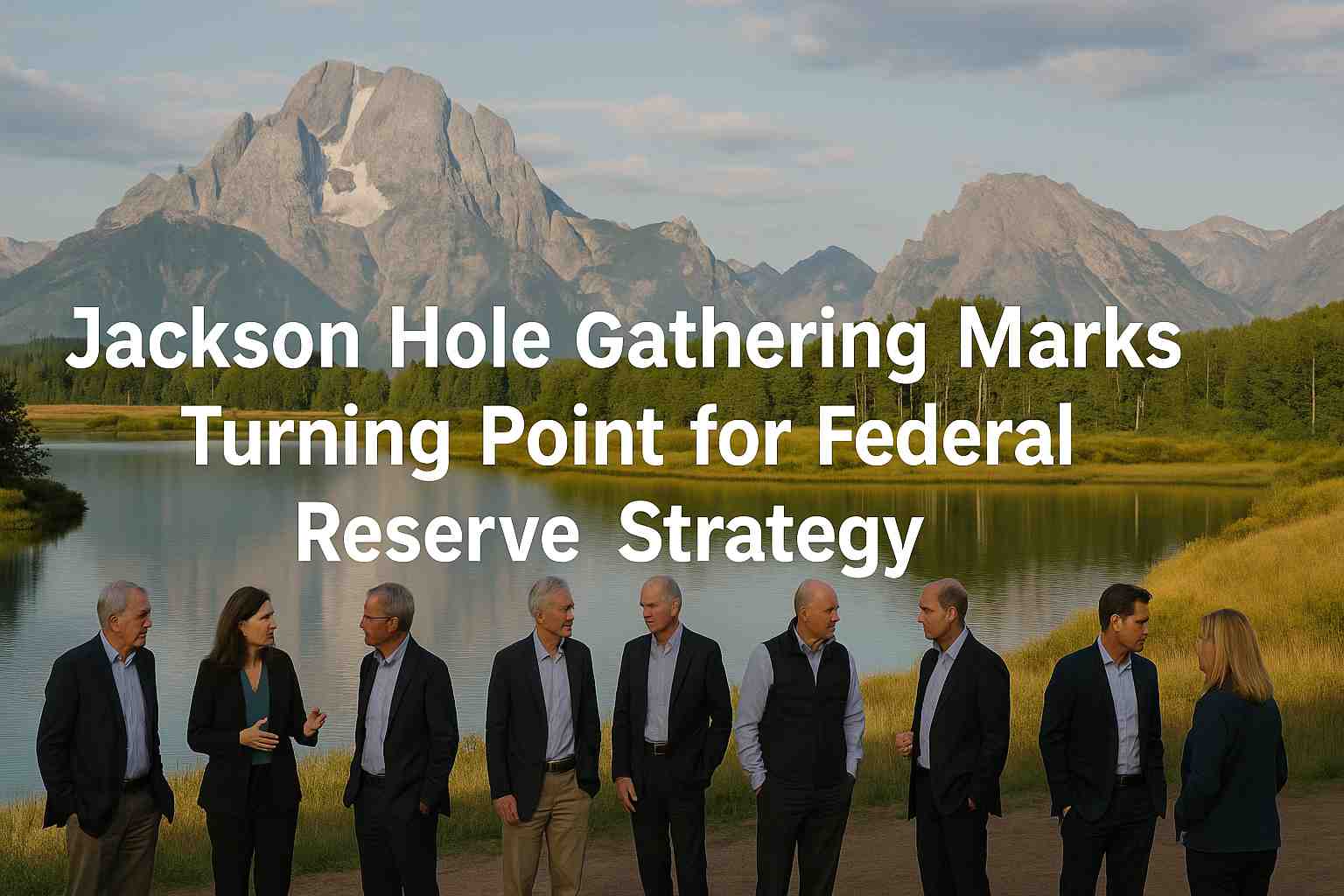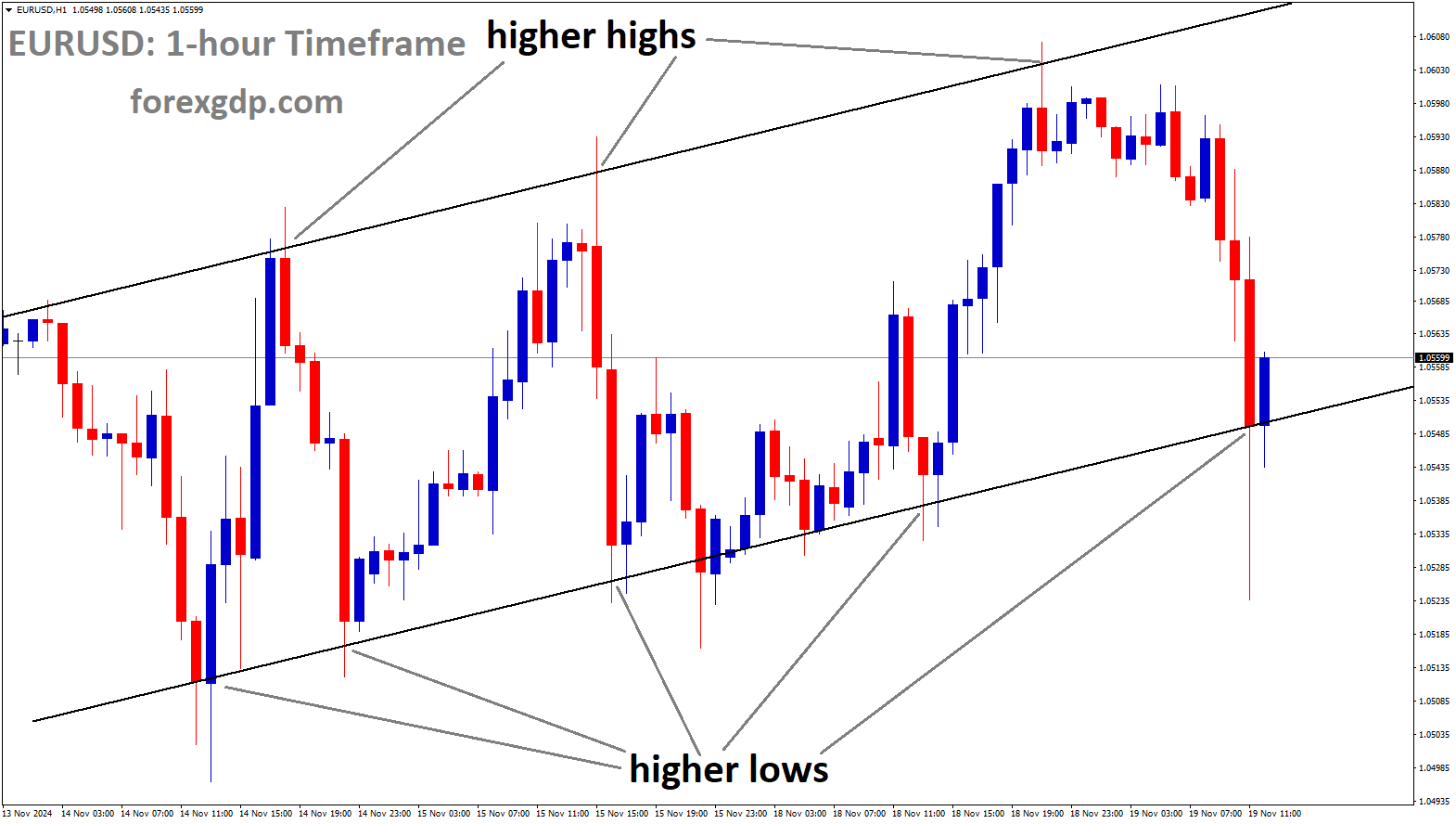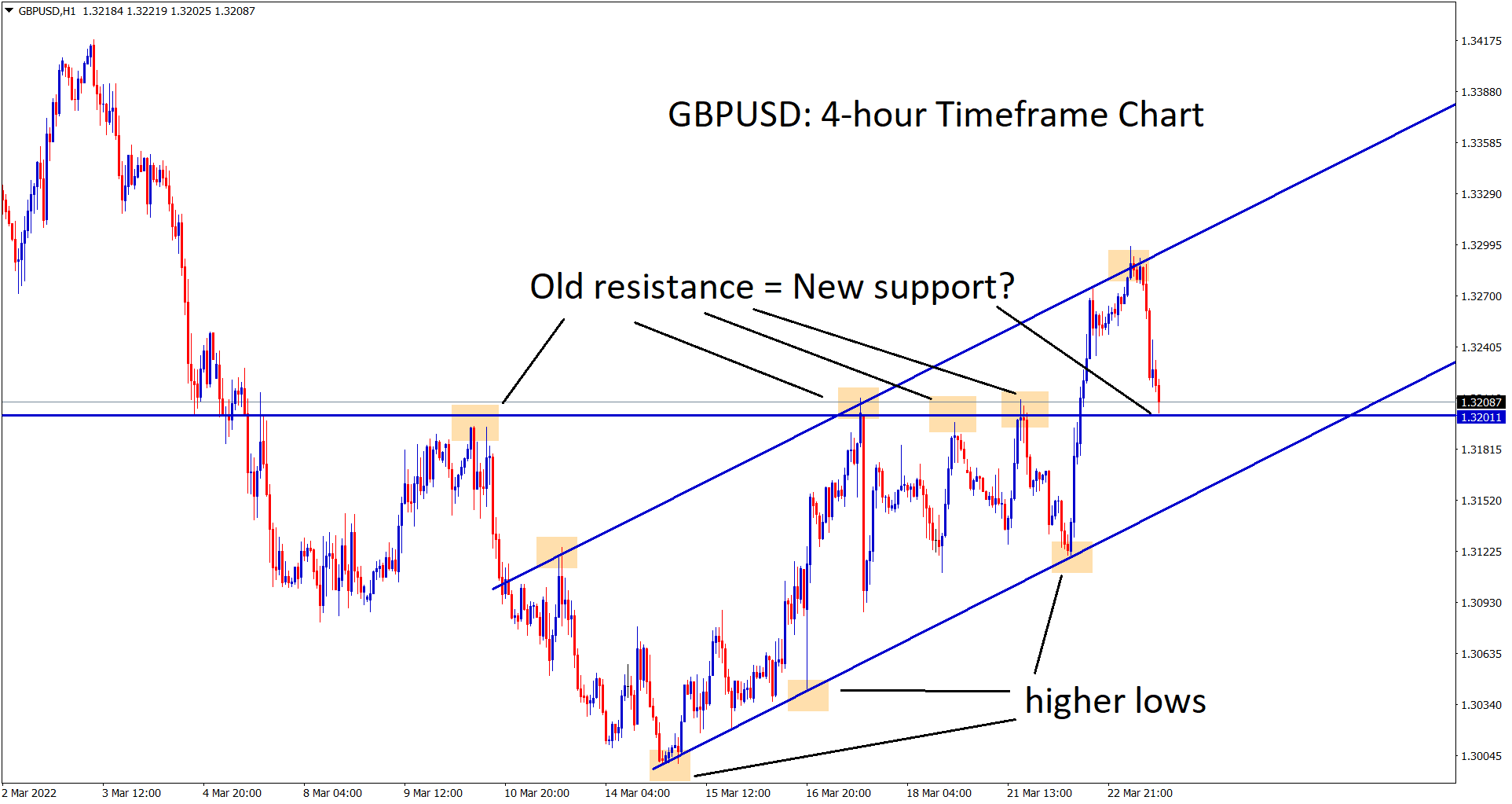The U.S. Federal Reserve is once again preparing to adjust its long-term playbook, and this time, all eyes are on how it balances two of its biggest goals: keeping inflation under control and supporting a strong job market. Fed Chair Jerome Powell is expected to unveil a fresh framework that reflects the dramatic shifts in the economy since 2020—a period marked by soaring inflation, record-low unemployment, and a whole lot of uncertainty.
This update won’t completely scrap the Fed’s strategy from four years ago, but it does signal a shift in priorities. Back in 2020, the Fed put a heavy emphasis on jobs, promising not to cut short labor market growth even if inflation looked like it might rise. But since then, the world has changed, inflation has surged, and Powell has made it clear that a recalibration is needed.
So, what’s really changing—and what does it mean for the economy going forward? Let’s break it down.
Why the Fed Is Changing Its Strategy Now
The Fed’s 2020 framework was born in a very different world. At the time, inflation was so low that policymakers were more concerned about slow growth and weak job recovery than rising prices. To craft that framework, the Fed even went on nationwide listening tours. Back then, when staff asked about inflation, most people shrugged it off—it wasn’t a concern. Jobs, wages, and economic opportunity were the bigger issues.
Fast forward to today, and the picture couldn’t be more different. Inflation spiked during the pandemic, and for many households, rising prices quickly became the number one worry. Powell himself has acknowledged that the old strategy no longer fits. That’s why this new framework is expected to return focus to keeping inflation stable as the foundation for strong employment in the long run.
As one former Fed adviser put it, “The world looks very different today.” And so must the Fed’s approach.
The Lessons Learned from 2020
The framework announced in 2020 was groundbreaking at the time. It introduced the idea of allowing inflation to run a little high for a while if it had been running too low, with the goal of averaging around 2% over time. This gave the Fed more flexibility to keep interest rates lower for longer, supporting job growth without worrying too much about immediate inflation spikes.
The problem? The pandemic turned the economy upside down. Supply chain shocks, massive government spending, and strong consumer demand fueled inflation in ways nobody predicted. Suddenly, the Fed’s willingness to tolerate “higher for longer” inflation looked less like a smart cushion and more like a dangerous gamble.
Critics argue that the framework slowed the Fed’s response to rising prices in 2021, leaving it scrambling to catch up later with aggressive rate hikes. While that approach may still make sense in times of prolonged weakness, it doesn’t hold up well in today’s more normal—or even overheated—economic conditions.
Former Fed Vice Chair Richard Clarida summed it up: “2025 is not 2020. We have policy space.” In other words, the Fed now has room to return to a more straightforward, inflation-first mindset.
Jobs vs. Inflation: A Balancing Act
At the heart of the Fed’s mission are two big goals: stable prices and maximum employment. In theory, both are equally important. But in practice, the relationship between the two is tricky.
For decades, economists believed there was always a tradeoff—if unemployment got too low, inflation would rise. But the 2010s challenged that idea. Even as unemployment dropped to historically low levels, inflation stayed tame. That led the Fed in 2020 to double down on supporting the labor market, confident that strong job growth didn’t necessarily mean runaway prices.
The pandemic flipped that assumption upside down. Inflation spiked while jobs also rebounded strongly, proving that the old playbook wasn’t reliable either. Now, Powell seems to be reframing the conversation: stable inflation is the key to unlocking the best labor market outcomes.
As he put it recently, “Without price stability, we cannot achieve the long periods of strong labor market conditions that benefit all Americans.”
This idea isn’t entirely new. Former Fed Chair Alan Greenspan often argued that controlling inflation laid the groundwork for sustainable job growth. Powell appears to be leaning back toward that line of thinking, even if the Fed’s understanding of how jobs and inflation interact has evolved.
The Political Dimension
The Fed’s decisions don’t happen in a vacuum. Back in 2020, the emphasis on “broad-based and inclusive” employment gains—helping lower-income and minority communities—was praised by some as overdue and criticized by others as too political. Some critics accused the Fed of going “woke” by shifting focus from inflation to inequality.
But the reality is, the data at the time supported the idea. Unemployment was historically low, yet inflation wasn’t budging. Ignoring those trends would have been irresponsible.
Today, the narrative has flipped again. Inflation has hit households across the board, especially lower-income families. By prioritizing price stability, the Fed is still addressing inequality—just in a different way. When prices rise faster than wages, it’s everyday Americans who feel the squeeze the most.
What to Expect Going Forward
So, what will this new framework actually look like? While the details are still under wraps, here’s what we can expect:
-
A greater emphasis on inflation control as the bedrock for long-term job growth.
-
A more flexible approach that adapts to different economic environments—whether that’s weak growth, high inflation, or something in between.
-
Clearer communication to avoid the confusion that surrounded the 2020 framework, which some saw as too complicated or academic.
The Fed wants a strategy that holds up no matter what the economy throws its way. That means recognizing that what worked in a low-inflation world may not work when inflation is high—and vice versa.
Final Summary
The Federal Reserve’s shift in strategy is more than just a technical update—it’s a reflection of how much the economy has changed in just a few short years. The old framework, designed for an era of low inflation and slow growth, no longer fits the reality of today’s challenges.
Powell and his team are now steering the Fed back toward a more balanced approach, one that puts inflation stability at the center while still recognizing the importance of a strong job market. The key message seems clear: controlling inflation isn’t a tradeoff against jobs—it’s the foundation that allows the labor market to thrive.
The economy may keep evolving, but one thing is certain—the Fed’s playbook will continue to adapt right alongside it.







